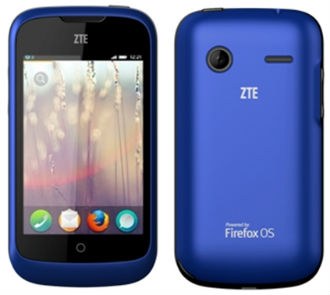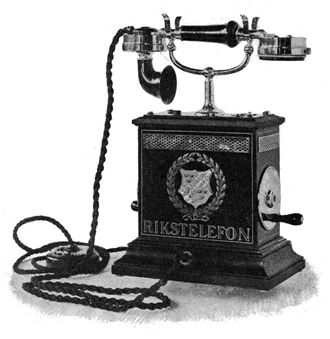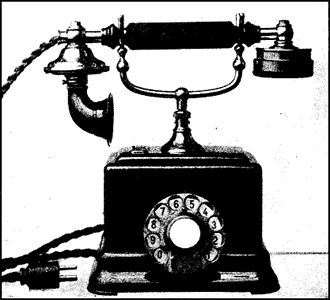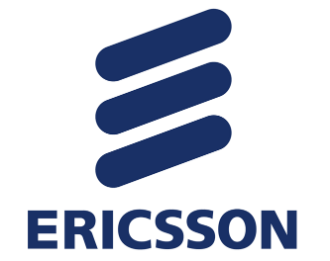 Juniper Networks’ CEO Rami Rahim has warned that networks have become too complex, and firms are ill prepared for IoT and 5G which will make matters worse.
Juniper Networks’ CEO Rami Rahim has warned that networks have become too complex, and firms are ill prepared for IoT and 5G which will make matters worse.
He told the assorted throngs at Juniper Networks’ annual EMEA shin-dig in London that Networks have become too complex, fragile and difficult to manage… this could be this industry’s biggest challenge so far.
“Our driving strategy is what we call the pursuit of simplicity, because what I see as the main challenge of today is managing complexity,” he said.
He claimed his outfit’s Juniper’s PTX series core routers and packet transport routers were a solution to increasing complexity.
“We knew that there needed to be a more effective, and cost-effective, approach to deploying networks, and we invented this new concept of a lean core network with a product called the PTX which has been growing incredibly well for us. In fact, this year for the first time ever we have achieved number one market share in North America in core routing and that’s primarily because of this product line”, he said.
Rahim added that IoT and 5G were the two tech trends that will exacerbate the problems of excessive complexity and “fundamentally change network architectures”.
“This concept that we know today of the cloud being a central datacentre that is delivering services to the masses will reach a breaking point due to IoT and 5G”, Rahim said.
“If you think of the billions of devices that are going to be connected to this global network, the time between sensing the data from sensors – that are typically going to be video cameras – then collecting, acting, processing and then feeding back the intelligence into the network, that process is going to need to get tighter”, he said.
 The demand for 5G is robust in the UK and the technology’s adoption is forecasted to reach over 26 per cent of total mobile subscriptions by 2024, according to GlobalData, a data and analytics company.
The demand for 5G is robust in the UK and the technology’s adoption is forecasted to reach over 26 per cent of total mobile subscriptions by 2024, according to GlobalData, a data and analytics company. Chinese tech company Huawei said it was on track to roll out 5G in line with its plans during 2019.
Chinese tech company Huawei said it was on track to roll out 5G in line with its plans during 2019.













